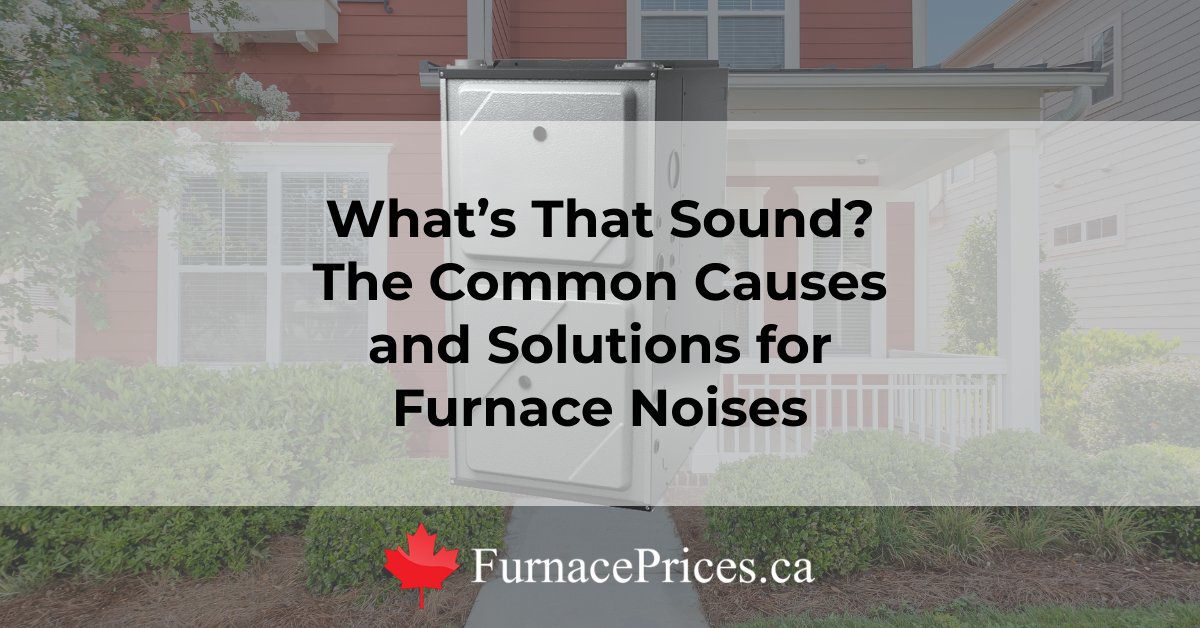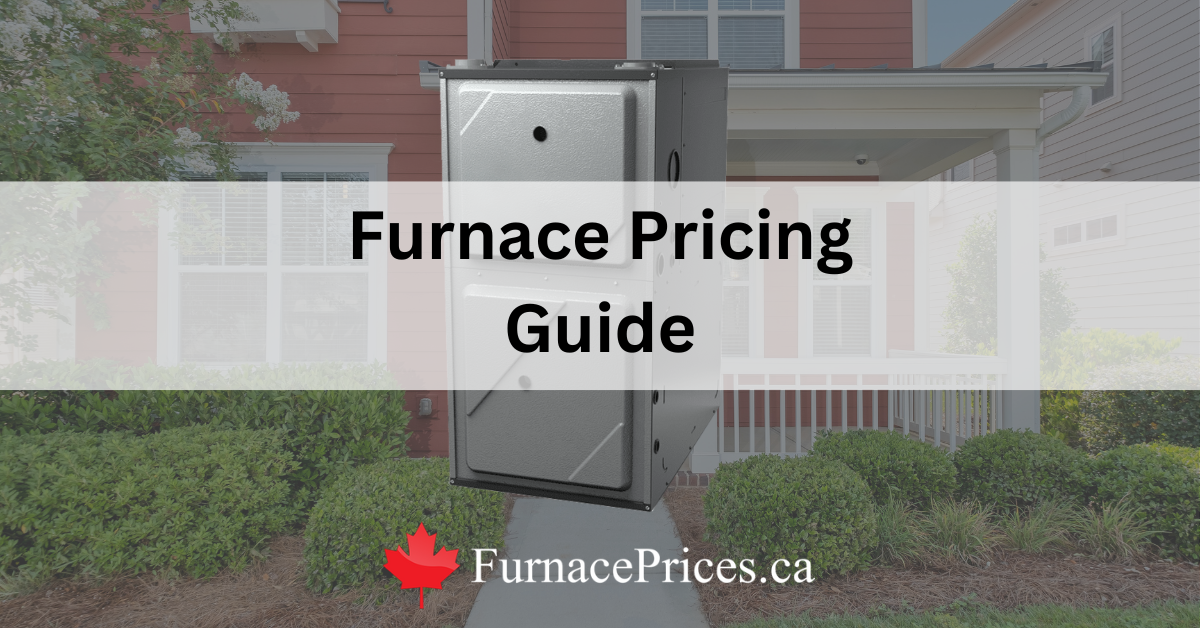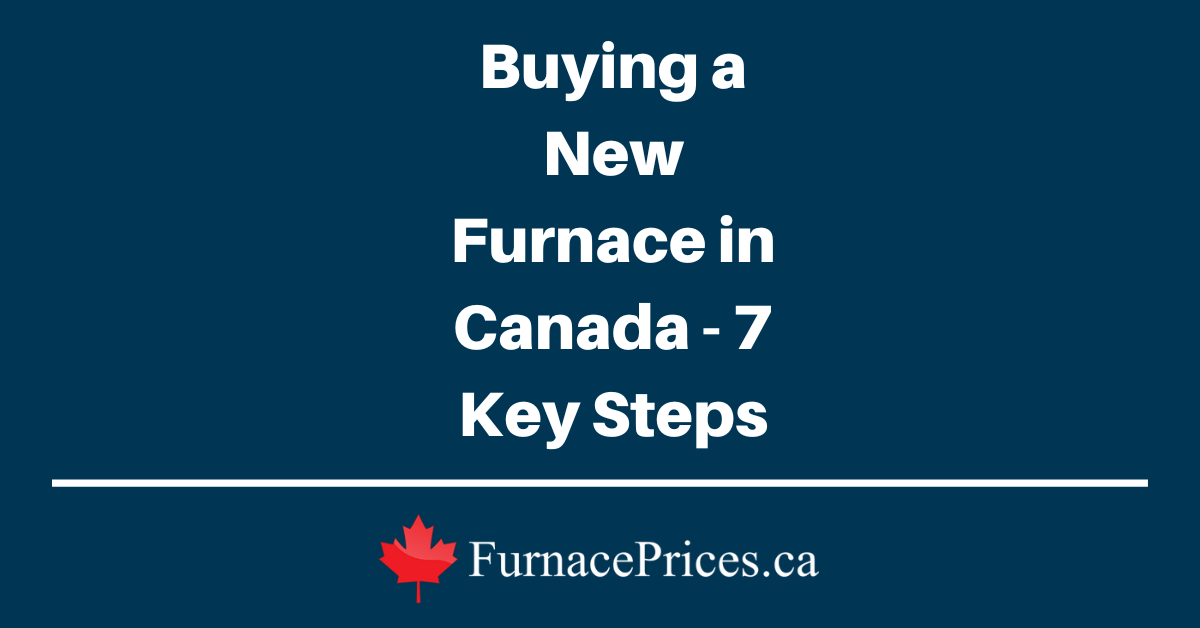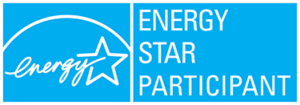Buying a new furnace for your home but don’t know where to start? High-efficiency furnaces are for the modern Canadian home: they’re quiet, reliable, powerful, affordable, effective at maintaining steady, comfortable temperatures in the home, and can reduce your energy bill by up to 45% when replacing an older system. When you need to buy a new high-efficiency furnace, we’ve got you covered!
Here are 15 furnace buying tips that will help you buy the right high-efficiency furnace for your home.
1. Opt for a High-Efficiency Furnace with a High AFUE
Furnaces are graded with an Annual Fuel Utilization Efficiency (AFUE) rating that measures how efficient they are. It’s a rough percentage of the fuel (or energy) your furnace can transform into heat during the year.
Older furnaces tend to clock an AFUE of only around 65%. Today’s high-efficiency furnaces have AFUEs that can go as high as 99%, meaning nearly 100% of the propane or natural gas burned is providing heat for your home. That’s a huge difference for your heating bills, your carbon footprint, and the environment.
The latest high-efficiency furnaces can save you up to 45% on your fuel bill compared to older and less-efficient heating systems. They also operate more quietly and keep your home cozier. Aim for a furnace that has an efficiency rating of at least 95% and preferably EnerGuide and ENERGY STAR® certification.
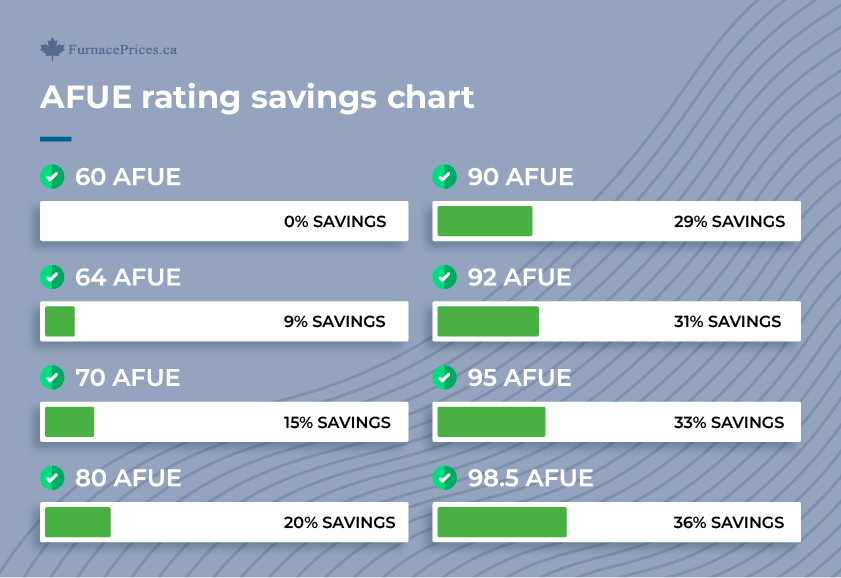
2. Check for Rebates Before You Buy
Rebates are a great way to save money on a new high-efficiency furnace. They’re available through government programs, HVAC dealers and manufacturers, utility companies, energy saving organizations, and more. In order to qualify for most government rebates, you must install a furnace that’s at least 96% efficient.
You must typically qualify for rebates before you install the furnace, so see what’s available before you buy. See here for our guide to current government rebates.
A registered contractor will be able to apply for rebates on your behalf.
3. Know When to Replace Your Furnace
Here are some key considerations when you’re torn between buying a new furnace versus repairing an old one:
- A furnace older than 15 years might start becoming less efficient and need more frequent/more expensive repairs
- If your furnace needs repairs, how much will it cost compared to buying a furnace?
- How efficient is your old furnace compared to what you could buy now?
- If you’re experiencing irregular problems with your heating cycles, noises, etc., it may be time to replace it
If you have an older furnace, you’ll want to upgrade to a high-efficiency furnace as soon as possible, especially if winter’s around the corner or if your furnace has broken down and needs repairs.
4. Choose a Qualified Contractor
Furnace reliability and pricing is 60% installation and 40% brand, so go with a TSSA-certified (or equivalent, depending on your province) contractor so you can rest easy knowing your new natural gas furnace was put in right. This is one of the best furnace buying tips we can provide!
There are a lot of great, well-known brands out there: American Standard, Carrier, Lennox, Goodman — but none of that means anything if your technician isn’t up to code.
A shoddy installation by an unreliable contractor is more likely to encounter problems down the road and may even get your furnace red-tagged by the gas company, meaning they’ll shut your gas off if your furnace isn’t brought up to code within 7 days (YIKES!).
The largest variable in both the initial cost and, in many cases, the long-term reliability of your furnace is its installation.
You should also choose a contractor that offers a 1-year warranty on labour. Why trust a company that won’t stand by their work?
You may also want to look for contractors that offer good deals by bundling, which can get you a better deal on a complete home heating, ventilation & air conditioning (HVAC) system.
This typically includes things like a new central air conditioner, humidifier, heat recovery ventilator (HRV), and air filtration system. It can save you a lot off your initial costs and makes things much easier from an installation standpoint.
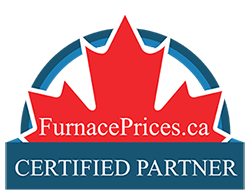
That’s why we developed our own HVAC Contractor Certification program to make it easy for Canadians to choose trusted and reliable local companies with a good track record.
Get Quotes
How soon are you looking to buy?*



5. Look for Financing Options
With financing, you can pay for your new furnace or AC on a schedule that works for you. Consider whether you want to pay upfront—that is, pay in full after installation—or spread payments out over a year or more.
There are a few different financing options. First, there’s ordinary financing which allows you to take anywhere from 1 to 15 years to pay it off and has flexible monthly payment amounts for you to choose from. Financing can be available through HVAC manufacturers, contractors, or third parties.
There’s also rent to own options which differ in that they generally don’t require credit approval. Secondly, they also tend to offer full coverage, meaning you never have to worry about paying for repairs for however long the term is (usually 10 years).
6. Know What to Look for When Buying a Furnace
There isn’t really an objective measure of quality and reliability when it comes to furnaces, and there generally isn’t a huge variance from one brand to another.
While the brand may be important to some degree, what’s far more important is that the installation is done properly by a licensed and experienced technician.
Most modern furnaces are of comparable quality and reliability, so sometimes it’s best to look for a brand that provides good overall value, like Goodman. Certain brands like Lennox and Carrier tend to cost quite a bit more, and although they are certainly good products, you’re often paying a premium just for the name.
Check out our Best Furnaces guide for the latest recommendations.
The most important thing is to hire a qualified contractor for the installation.
7. Beware of Online Customer Reviews
Thanks to the internet, we can now go online and see what others have to say about a furnace before pulling out our wallets.
However, a quick look around many consumer furnace review sites would probably lead you to believe that just about every brand of furnace is universally bad and prone to constant malfunction.
There are two big problems with online furnace reviews:
- Furnace reviews are often featured on third-party websites that have no part in the actual purchase, meaning they have no way of verifying who did the installation (which is an important factor in reliability) or whether the reviews are actually legitimate.
- These websites often attract a disproportionate amount of unhappy homeowners, so it’s not always good to accept furnace buying tips from them. Not many satisfied customers bother to go online out of the blue one day to share how their furnace is running smoothly and as expected.
Now, this doesn’t mean you should completely disregard anything you read online about various furnace brands, but it’s important to keep things in context.
Most major manufacturers sell tens of thousands of units every year, so it would be unrealistic to expect none of them to ever encounter any issues, especially when there are so many different contractors out there doing the actual installation.
Any modern furnace that is correctly installed should generally be quite reliable, effective and efficient.
8. Speak to the Experts
Use our quote request form to speak with HVAC experts in your area. They’ll guide you through the process and answer any questions or concerns you have.
Every home is different, and factors like size, layout, insulation levels, local climate, and other factors are important to consider when choosing the right furnace.
Qualified local heating and cooling experts will help you choose the right size, BTU (British Thermal Unit) output, and efficiency rating for your home’s furnace.
Your specialist will also walk you through the installation process, the costs, discuss the systems and thermostats, and make sure you know how to operate and care for your new furnace. That goes a long way towards giving you peace of mind and getting a more comfortable, efficient, and economical home.
Get Quotes
How soon are you looking to buy?*



9. Get Free Estimates
The cost of purchasing and installing a new furnace can vary greatly depending on your home’s location, the set-up inside, and the location of your existing furnace and duct system. With that in mind, you’ll want to choose a contractor that offers free in-home estimates and consultations.
And as for pro furnace buying tips: don’t be afraid to get more than one quote!
Use our free quote request page to get a furnace quote from a reputable contractor in your area.
10. Get a Programmable Thermostat and Other Efficiency Upgrades
There are many ways to reduce energy use in your home in winter while also keeping your home warmer and helping out your furnace. Here are some tips:
- Get a programmable thermostat or smart thermostat that can lower the heat when you’re out of your home or asleep at night
- Set the thermostat lower: Even just a few degrees cooler will save you money and reduce your emissions by up to 6 percent
- Cover your windows with heat-sealing transparent plastic insulation to trap sunlight inside and keep your home warmer
- Seal leaks around heat ducts to reduce air loss
- Top up your wall and attic insulation and put in new windows and doors
11. Stay on Top of Regular Maintenance
Regularly checking the air filter on your furnace goes a long way to keeping it working efficiently. If the filter gets clogged, your airflow goes downhill fast, and your furnace will have to work harder for worse results.
Other regular furnace maintenance steps can help you ensure your furnace lasts as long as possible.
Annual inspections and maintenance can pay huge dividends in extending the life of your furnace and ensuring it always runs at peak efficiency. A good rule of thumb is to do that every fall. Occasional duct cleaning isn’t a bad idea either.
12. Consider the Warranty
One of our most important furnace buying tips isn’t actually about the furnace but the warranty. A basic furnace warranty will include a 10-year parts warranty and a 20-year heat exchanger warranty. Some manufacturers have longer terms, and many now offer unit replacement warranties.
In addition, check with your local contractor about a warranty on labour and installation (1 year is the norm). As mentioned above, we recommend you don’t buy anything from any contractor who won’t guarantee their work.
Also be sure you don’t inadvertently void your warranty!
In addition, there are rent to own programs or furnace rentals that offer full coverage on all parts and labour for the entire term. This generally means you get unlimited service calls and don’t pay for repairs or even full system replacement if necessary. There are typically no upfront costs and you simply pay a flat monthly rate.
In the end, you will pay more for your furnace than if you paid upfront, but some people (especially landlords) prefer the added peace of mind and predictable cost – no shelling out hundreds of dollars in unexpected repair costs in the middle of February!
13. Choose the Right Fuel Type When Buying a New Furnace
Most Canadians use forced air furnaces to heat their homes, and the fuel is usually natural gas, electricity, or propane. The type of fuel you use in your house may depend in part on availability, cost, or other factors.
In places where there’s plenty of hydroelectric power, it tends to be more common for people to use electric systems. However, while electric furnaces are highly efficient and have low maintenance requirements, they can be costly to operate depending on the price of electricity.
Natural gas furnaces are common throughout Canada. A high-efficiency natural gas furnace converts most of the fuel it burns into heat, and the cost of the fuel is relatively affordable. The delivery system is very convenient, but not all parts of Canada have the infrastructure in place, so it’s not available everywhere.
Propane furnaces are basically the same as natural gas furnaces, except for the fuel. Propane furnaces are efficient, but the fuel may be more expensive. At the same time, the fuel does burn cleaner, which is a plus for the environment. You also need to keep a tank on your property for storage, set up delivery service, and have the tank inspected/maintained regularly for safety.
14. Get the Right Output Capacity – More Isn’t Always Better
Another one of our important furnace buying tips is to have the unit sized properly for your home. A furnace that’s too big will turn on and off too often. This wastes energy, can damage the furnace, and can cause humidity problems in the house.
On the other hand, a furnace that’s too small will run constantly but never quite heat your home enough, so you’ll be chilly and spend a fortune on heating bills.
There are many factors that go into sizing a furnace, so it’s best to trust a qualified contractor with the calculation.
15. Consider These Common Furnace Buying FAQs
What is the best month to buy a furnace?
There isn’t necessarily any specific time of year that is perfect for buying a furnace, although sometimes companies may have less demand in shoulder seasons like late summer or late winter.
What is the average life of a new furnace?
Furnaces typically last 15 to 20 years, but you can likely get more life out of one by having it installed professionally, taking care of annual maintenance, and dealing with repairs promptly.
How long does it take to replace an old furnace with a new one?
When it’s time to replace your furnace, expect the process to take a few days at least, including getting estimates. However the install itself can usually be done in a day, assuming it’s a standard furnace replacement. It could be longer depending on the time of year and potential complications. For example, if you are replacing a very old unit and there is additional retrofitting and safety code updates required.
We hope this guide has been helpful! For a free quote from reputable heating & air conditioning contractors in your area, please check out our free quotes page!
Get Quotes
How soon are you looking to buy?*






